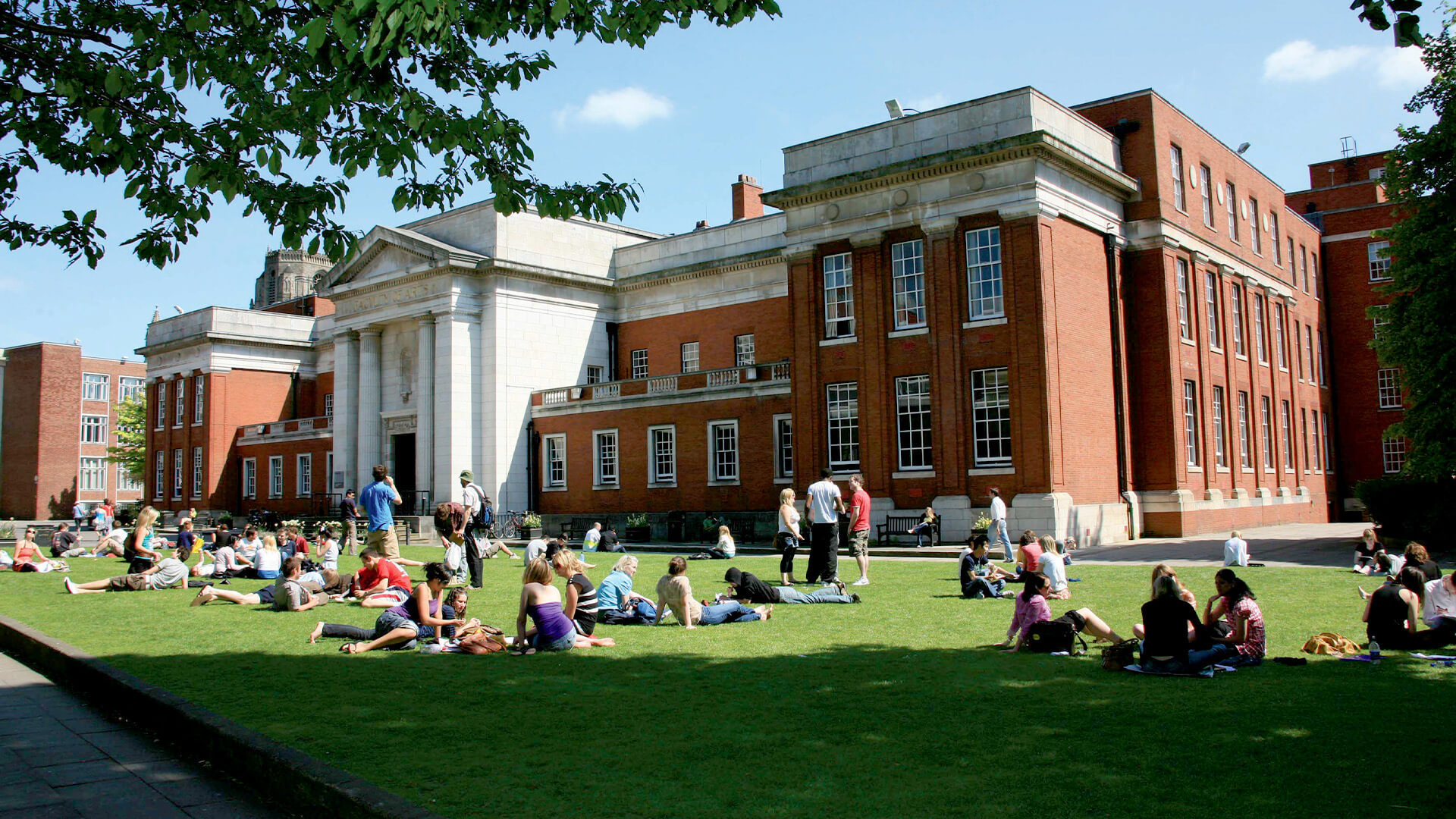The Natural History Museum University of Michigan is a wonderful place to visit, with some of the world’s most interesting exhibits and displays.
The Museum offers a variety of educational opportunities for adults and children and has been operating for over 150 years.
It’s a truly wonderful experience that is a must-see for anyone visiting the city of Ann Arbor.
The Natural History Museum at the University of Michigan is one of the world’s leading natural history museums. It houses nearly 100 million artifacts and specimens collected from around the globe.
It was established in 1881 and is located in Ann Arbor, Michigan.
The Museum is made up of eight museums that are spread across the University of Michigan campus. The largest of these is the Regenstein Center for African Earth and Human Origins at the Museum of Natural History.
This post will discuss the University of Michigan Museum of Natural History and its exhibits.
The Museum is located on the U of M campus and has a lot of cool exhibits. The Natural History Museum is the largest Museum on campus, with over 600,000 square feet of exhibit space and over 10 million artifacts.
The Museum is divided into three main galleries – Life, Earth, and Human Experience. Each gallery houses several different exhibits.

About The Museum
For most people, online courses are a good choice. They offer flexibility and convenience.
However, some people have found that it’s not for them. As a university student, I took several online courses for my degree. But I ultimately had to drop out because I found them too difficult.
This means you should be careful when choosing a course. Look for reviews and testimonials, and only sign up for classes if you’re excited by the content.
If you’re struggling to find a quality online course, you can always check out Udemy or Skillshare. These two websites are full of amazing resources and some great lessons.
The Natural History Museum in London is a very interesting place to visit. It has lots of information on different animals and their habitats. This is a great place to study history and science.
It also houses several exhibitions on different species and animals worldwide. There’s a dinosaur exhibit where you can see the bones of a T. rex and the skeleton of a human.
You can even see the skull of a woolly mammoth. I went once and was amazed by how well-preserved the bones were. It was amazing to see them!
The Museum’s Collections
The Natural History Museum University of Michigan has been around since 1881. As a result of its long history, the University of Michigan has developed a strong reputation for its scientific and educational research. The Museum itself boasts an incredible collection of over 17 million specimens, artifacts, and works of art.
The university has several different programs that you can study. One of them is called the Museum of Natural History. This program is a great choice for students who love the outdoors. They offer several different scholarships to those who are interested in taking the program.
I am a member of the University of Michigan Museum of Natural History, and I think the institution does a great job.
However, I think the experience varies depending on which exhibits you go to. I find that some exhibits are more informative than others. Some are very engaging, while others are just plain boring.
My recommendation would be to go to all of the different exhibits and see what you like. Then you can go back again and again and see the same show over and over again.
If you want to find a good museum, I suggest looking online. There are a lot of resources out there, and I know many people who have gone on trips to see their favorite exhibits.
If you’re not sure where to start, I suggest starting with the Museum of natural history. They have several interactive exhibits, and they are free.
How The Museum is Organized
As a student, you have more options than you might realize when earning money online. Many of the jobs you may have previously thought were only available to adults or people with a college degree are now available to you.
You can work as an intern, a part-time job, or even start a blog! I just found a new website called Udemy, which is a website where you can learn everything you need to know to create your own online business.
The Natural History Museum is a natural history museum located in London, England.
It was founded in 1881 and opened to the public in 1883.
There are two collections at the Museum: the main Museum and the entomology collection.
The main museum houses over five million items, including fossils, minerals, meteorites, and insects.
The Museum’s entomology collection comprises some 2.7 million specimens, mostly preserved as pinned insect specimens, including around half a million examples in ethanol.
The Natural History Museum is also home to a large scientific research center called the Darwin Centre.
What To See At The Museum
The University of Michigan has a fantastic museum in Ann Arbor called the “Natural History Museum”. It’s a place where people can come to learn more about science, history, and nature.
This is a great place to start if you want to learn more about science and the natural world.
I spent three days there and found that the Museum has a variety of exhibits. There are some very cool dinosaurs, space shuttles, and even a little time travel.
It’s a great place to spend an afternoon with kids, and it also has some pretty cool live shows you can watch.
I’d recommend heading over there for a visit.
The Natural History Museum University of Michigan is where science, art, and culture meet. It has four main exhibition areas: Life, Earth, Human Origins, and Human Culture.
The Museum is located in the heart of downtown Ann Arbor, Michigan, surrounded by shops and restaurants.
The Museum hosts free public events in the summer, such as lectures, talks, and film screenings.
Frequently Asked Questions (FAQs)
Q: How long have you been working with the Natural History Museum?
A: I have been working with the Museum since I was 17. I worked as a research assistant in the Museum’s paleontology department from 2003 to 2005. I worked as an intern there again from 2009 to 2011.
Q: Did you always want to work at the Museum?
A: When I was young, I was fascinated by dinosaurs. After college, I got my biology degree and started working at the Museum.
Q: How did you get into the Museum?
A: I graduated from the University of Michigan and applied for the internship program.
Q: What’s the hardest part of your job?
A: The most difficult part of my job is working with all the exhibits. You have to be very careful when working with specimens.
Q: What are some ways you want to expand the Natural History Museum?
A: The Natural History Museum has amazing collections, but there is so much more we can do. We would like an interactive floor and hands-on activities where children could touch dinosaurs and see them up close. I hope that we can open other beds in the museum.
Q: How does being part of such a well-known institution feel?
A: It’s an honor to be part of the Natural History Museum. It’s like having an office at the Smithsonian. We have so much to learn from them.
Q: Why did you want to become a model?
A: I wanted to become a model to help people by educating them about animals. I love animals and was excited about assisting children tinuunderstandingthem better.
Q: What would you like to learn more about if you were given a free class?
A: I want to learn more about history.
Q: What’s one piece of advice you would give someone entering the natural history museum?
A: Have fun and enjoy yourself, but try not to get distracted by all the amazing things in front of you.
Q: What is something you enjoy doing on your own time?
A: I love to bake!
Q: How did you feel about getting a college degree while working full-time?
A: I had to work hard to keep up with my classes while balancing my job and social life. Luckily, I was able to balance it well.
Q: What are some of the benefits of a college degree?
A: A college degree allows you to advance your career or start your own business. Also,
Myths About University of Michigan
The Natural History Museum University of Michigan is a “public museum” and does not need to charge admission fees.
The Natural History Museum University of Michigan does not own any scientific instruments, microscopes,
All your questions were answered at the Natural History Museum
Those pesky Christians have destroyed all our fossils
The Natural History Museum is part of the British Museum
A new and improved the Natural History Museum University of Michigan will be created, and all the existing collections will be housed there.
The current collections will be transferred to the new Museum.
The natural history museum was built on swampy land.
The building has underground caves with many bats and other animals.
The building houses more than 200 million specimens.
Conclusion
The Natural History Museum is located in the heart of Ann Arbor, Michigan, and is a major educational center for research and learning.
The Museum houses an extensive collection of fossils, rocks, minerals, and gems. Its permanent collections include more than 1.5 million specimens, including more than 500,000 birds, 1,000,000 insects, and 100,000 plants.
The Museum also houses a world-class scientific library and archives open to researchers from around the globe. It houses more than 4 million specimens.
The Natural History Museum University of Michigan is a top museum in the United States.
It is a great place to spend a few hours learning about science and history. If you are interested in learning about the history of our planet, you can visit the Museum and watch the planet Earth come alive.
It is also a great way to get some exercise and interact with other people. Several events are happening at the Museum throughout the year. So if you want something fun to do, check them out.
This Museum is truly amazing. It was once the world’s largest natural history museum. Today, it is the largest science museum in North America.
As of April 1, 2019, the Natural History Museum of the University of Michigan is closed to the public. However, there are still some things you can see.












